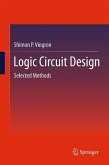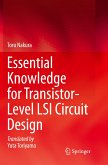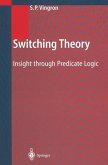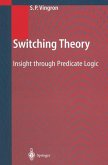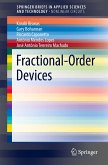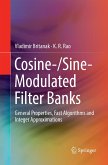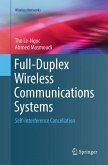The 2nd edition has been thoroughly revised and is intended as a wakeup call in the stagnant and dormant field of switching algebra and logic circuit design. It presents the material in a concise but thorough way. The topics selected are an in-depth presentation of switching algebra, a theory of memory circuits (sometimes called flop flops), a new approach to asynchronous circuits, and a newly added part presenting a unique programming technique (or language) for programmable logic controllers (PLCs). Be ready for the unorthodox and controversial.
From the reviews: "In this book on logic circuit design (emphasis on 'circuit'), the author reworks and expands the treatment provided in his earlier text, Switching theory: insight through predicate logic ... . it will no doubt prove to be useful to engineers, circuit designers, etc., for its well-chosen examples and its 'non-traditional' emphasis on the underlying hardware realization problems of logic circuit design." (Ronald E. Prather, Mathematical Reviews, January, 2013)


